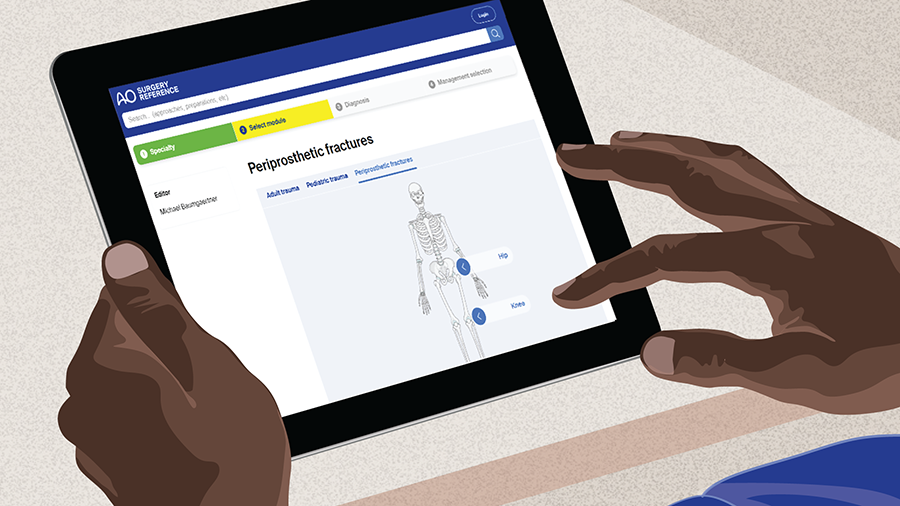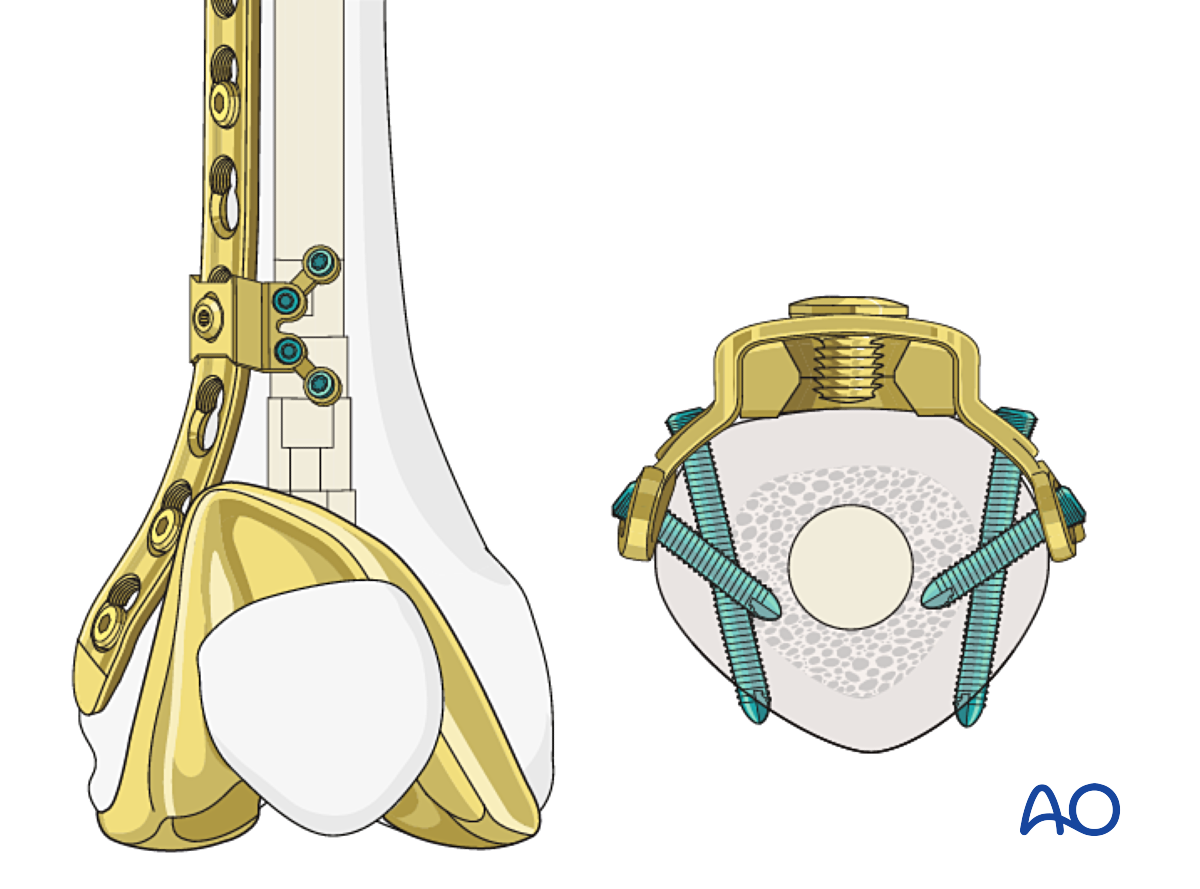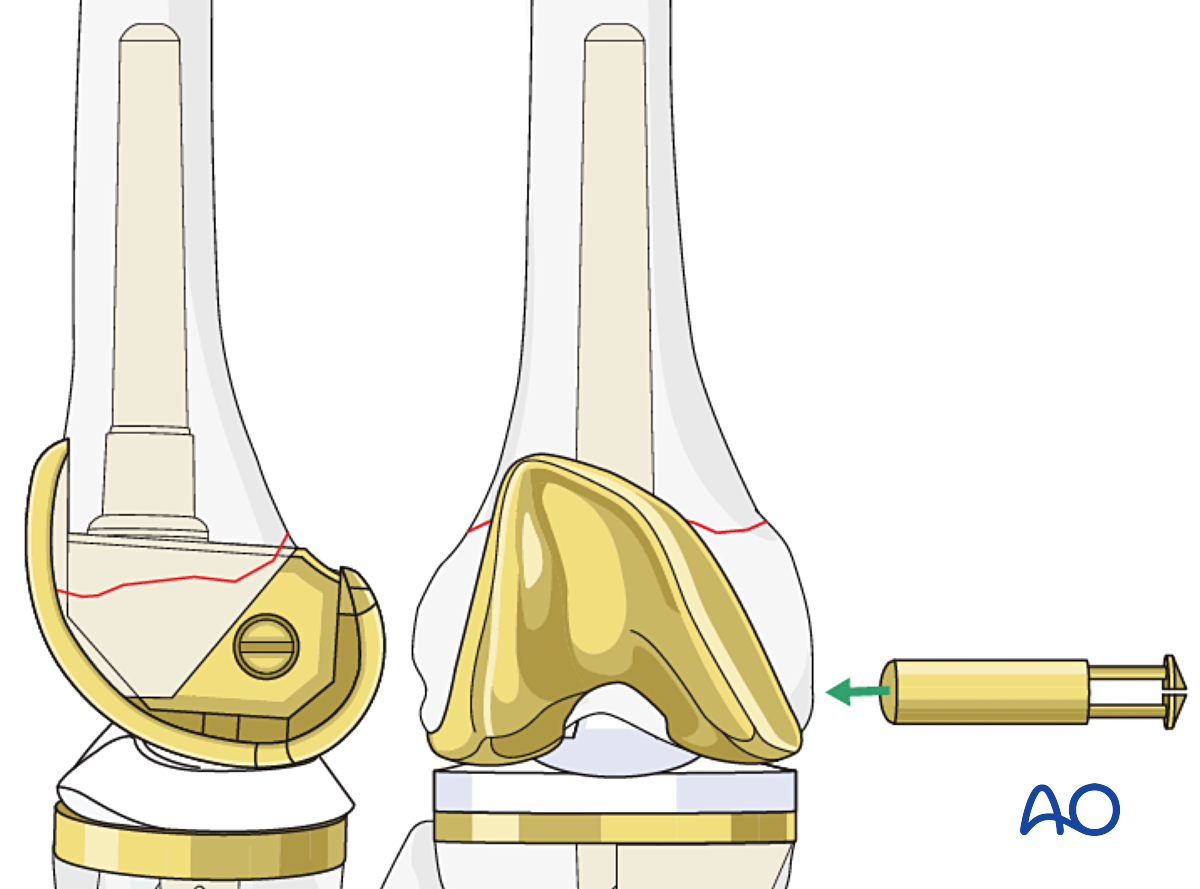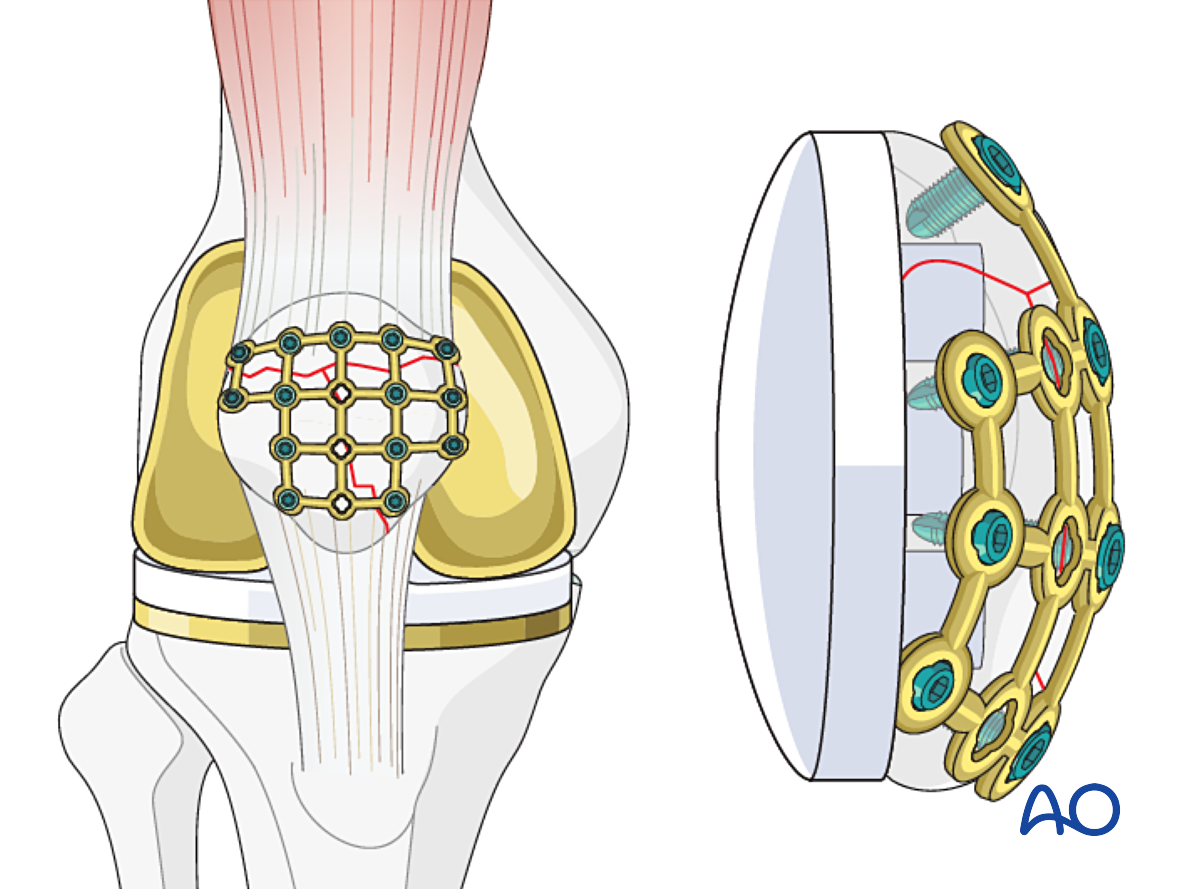AO Surgery Reference unveils new periprosthetic knee content

Two years in the making and enriched with 600 illustrations over 141 pages, the AO Surgery Reference recently launched knee module for periprosthetic fractures to complement the previously published hip module. It is the only online resource of its kind in the world.
These sections are particularly relevant to orthopedic trauma and reconstructive surgeons—including those in the AO Trauma and AO Recon networks— who are early in their careers or maintain a general practice profile and are called on to manage periprosthetic knee fractures.
“Consistent with the entire body of the AO Surgery Reference, the knee module on periprosthetic fractures provides for diagnosis-driven surgical planning,” said Michael Baumgaertner, executive editor of the section, an AO Trauma faculty member, and chairperson of the AO Trauma International Board. “By taking into account the clinical status of the patient, the geometry of the fracture, the stability of the bone-prosthetic interface, and quality of the local bone, the user is effectively guided to the most appropriate surgical management.”
The procedural steps, including fracture reduction and fixation, prosthetic revision, or combinations of both are then highlighted with clear illustrations and concise explanations that focus on a sequence of key steps to achieve as well as common pitfalls to avoid, he explained.
“We believe the AO Surgery Reference knee module on periprosthetic fractures should be the first resource to employ when injured patients with this fracture present,” Baumgaertner said. “Many times, it will be the only reference required.”
The new module— written by authors/experts Michael Huo, Michael Leslie, and Iain McFadyen and supported by Baumgaertner as executive editor—includes three subsections:
- Distal femur fractures, including lateral/medial epicondyle fractures, fractures around the femoral component, and fractures proximal to the femoral component
- Patella fractures, including disrupted extensor mechanism and fractures around the patellar component
- Proximal tibia fractures, including nondisplaced tibial plateau or tubercle fractures, fractures around the tibial component, and fractures distal to the tibial component and cement mantle
In addition, the module includes value-adding information about preoperative patient evaluation, the AO/Orthopaedic Trauma Association (AO/OTA) Fracture and Dislocation Classification Compendium and the Unified Classification System of Periprosthetic Fractures (UCPF), and special considerations.
The AO Surgery Reference, launched in early 2005 with just a handful of anatomical region modules, today is a rich, widely consulted, and award-winning resource covering orthopedic trauma (including pediatrics), spine, craniomaxillofacial, and veterinary specialties, and attracting as many as 50,000 visitors per week.




